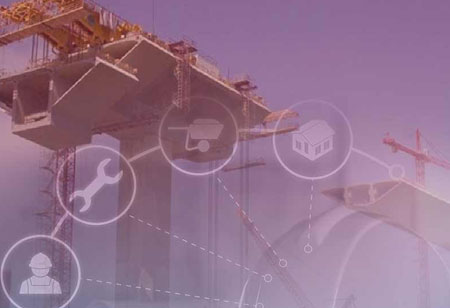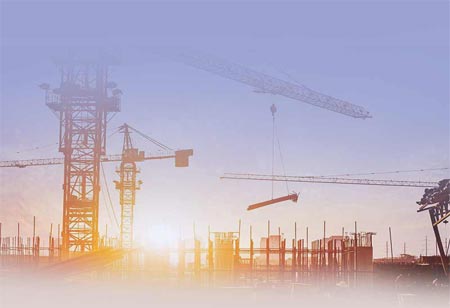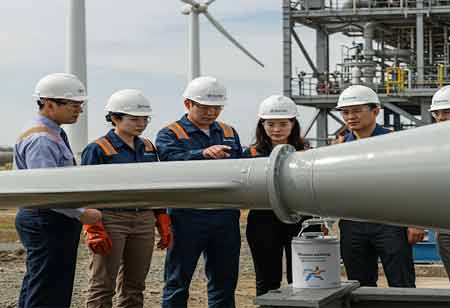Thank you for Subscribing to Construction Business Review Weekly Brief
Specials
- Apartment and Condominium Contractors Canada
- Decking Canada
- Architectural Glass Europe
- MEP APAC
- Construction Saudi Arabia
- German Apartment and Condominium Contractors
- Construction Law APAC
- Outdoor Construction
- Foundation Construction Canada
- MEP Canada
- Kitchen and Bath
- Cold Storage Construction APAC
- Precast Concrete Europe
- Construction Staffing Europe
- Pre-Construction Services
- Flooring System APAC
- Scaffolding Canada
- Swimming Pool Construction Canada
- Construction Management Canada
- Cold Storage Construction Canada
- Flooring Systems Europe
- Residential Construction
- Concrete Canada
- Construction Cladding Europe
- Construction Cladding APAC
- Concretes, Aggregates and Construction Materials APAC
- Concretes, Aggregates and Construction Materials Europe
- Commercial Contractors Europe
- Commercial Contractors APAC
- Dummy
- Construction Insulation, Coating and Waterproofing
- Construction Management APAC
- Landscaping Canada
- Construction Coating Europe
- Construction Tech Startups Europe
- Insulation Services Europe
- Mechanical Contractor Canada
- Mould Remediation and Testing Europe
- Swimming Pool Construction APAC
- Building Sealing Solutions Europe
- Construction Engineering Services
- Mechanical Electrical and Plumbing
- Roofing Systems Europe
- Architectural Glass APAC
- Startups APAC
- Construction Forensic and Owners Representative
- Flooring System
- Waterproofing APAC
- Wall Systems
- Safety and Compliance Europe
- Construction Equipment
- Modular and Prefab Construction
- Architectural Glass
- Construction MENA
- Construction Demolition and Recycling Europe
- Modular Construction Europe
- Construction Interiors
- Steel Building APAC
- HVAC
- Doors and windows
- Modular Construction APAC
- Building Information Modeling APAC
- Sustainable Construction APAC
- Building Restoration and Maintenance
- Commercial Contractors
- Specialty Construction
- Construction Engineering Canada
- Construction Engineering MENA
- Modular Construction Canada
- Construction Demolition Canada
- Roofing and Siding Systems
- Construction Latam
- Construction Staffing
- Roofing Systems APAC
- Construction Consulting
- Steel Building Europe
- Construction Demolition and Recycling APAC
- Safety and Compliance APAC
- Concretes, Aggregates and Construction Materials
- Construction Cladding
Transforming Middle Eastern Construction Through BIM and Digital Twins
In recent years, the construction industry has been undergoing a remarkable transformation globally.

By
Construction Business Review | Monday, August 28, 2023
Stay ahead of the industry with exclusive feature stories on the top companies, expert insights and the latest news delivered straight to your inbox. Subscribe today.
The integration of BIM and DT is creating new opportunities for the Middle Eastern construction industry. These technologies can be used to improve efficiency, safety, and sustainability in construction projects.
FREMONT, CA: In recent years, the construction industry has been undergoing a remarkable transformation globally, driven by innovative technologies that enhance efficiency, collaboration, and sustainability. The Middle East, known for its ambitious infrastructure projects and cutting-edge architecture, is no exception to this paradigm shift. Among the technological advancements taking centre stage in the region are Building Information Modeling (BIM) and Digital Twins – two interconnected concepts that are revolutionizing the construction landscape.
Building Information Modeling (BIM): Constructing Virtually, Building Efficiently
BIM has emerged as a game-changer in the construction process. It transcends traditional 2D blueprints by creating a digital representation of a building's physical and functional characteristics. Architects, engineers, contractors, and other stakeholders collaborate in a virtual environment to design, visualize, and simulate a project's lifecycle. In the Middle East, where the complexity and scale of construction projects often reach monumental proportions, BIM offers a solution to the challenges of coordination, communication, and cost control.
By allowing real-time collaboration across diverse teams and disciplines, BIM minimises errors, improves decision-making, and accelerates project timelines. This is particularly significant in the Middle East, where rapid urbanization and the demand for sustainable infrastructure require precision and speed. BIM's ability to identify clashes and discrepancies before construction begins prevents costly rework, leading to financial savings and reduced environmental impact.
Digital Twins: Bridging the Physical and Digital Realms
Complementing BIM, Digital Twins takes the construction industry a step further into the digital era. A Digital Twin is a dynamic virtual replica of a physical asset, whether it's a building, a bridge, or an entire urban area. This technology enables real-time monitoring, analysis, and simulation of a structure's performance throughout its lifecycle. In the Middle Eastern context, where extreme temperatures, sandstorms, and seismic activity pose unique challenges, Digital Twins offer invaluable insights for maintenance and operational efficiency.
Middle Eastern cities are characterised by rapid growth and innovation, making them ideal candidates for the implementation of Digital Twins. By integrating sensors, IoT devices, and data analytics, these virtual replicas provide a holistic view of a building's health and performance. Predictive maintenance, energy optimisation, and emergency response planning are all enhanced through the Digital Twin concept. Moreover, stakeholders can engage with these twins to better understand a building's behaviour and make informed decisions about upgrades or renovations.





